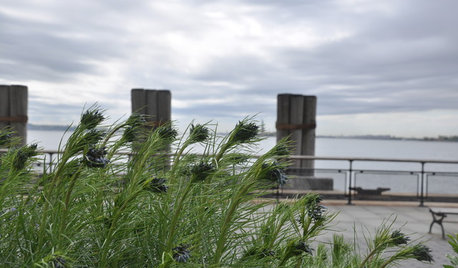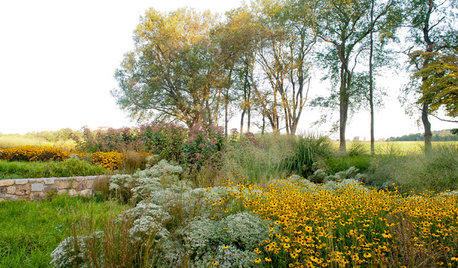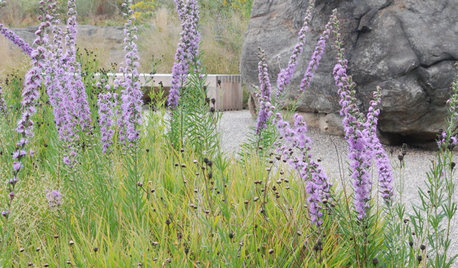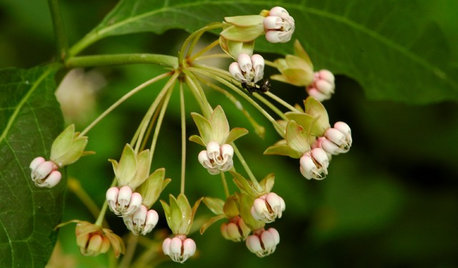How many weeds are 'ok' in new wildflower meadow??
juudyshouse2012
16 years ago
Related Stories

GARDENING GUIDESWhat’s in a Name? See 6 Wildflowers That Aren’t ‘Weeds’ at All
Dispel the stereotypes of weeds and try these wildlife-supporting native wildflowers in your garden
Full Story
FALL GARDENINGBe Your Own Wildflower Nursery
Gather seeds from your garden in fall, and you'll have a selection of plants for next year — without spending a dime
Full Story
GARDENING GUIDES10 Native Wildflowers With Unique Foliage
When the flowers fade, these leaves keep the garden looking good
Full Story
GARDENING GUIDESLet's Weed Out 4 Native Plant Myths
Plant wisely for a garden that supports pollinators and requires less work
Full Story
EDIBLE GARDENSNatural Ways to Get Rid of Weeds in Your Garden
Use these techniques to help prevent the spread of weeds and to learn about your soil
Full Story
GARDENING GUIDES10 Essential Wildflowers for the U.S. Central Plains
Focusing on prairie wildflowers supports the most wildlife in a low-maintenance Plains landscape
Full Story
GARDENING GUIDESNative Wildflowers for the August Transition Into Fall
Keep the garden colorful with these stalwart perennials
Full Story
GARDENING GUIDES5 Unsung Wildflowers That Thrive in Dry Shade
Turn shady problem spots into garden idylls with with these prolific, easy-care bloomers
Full Story
INSPIRING GARDENSWhat We Can Learn From Longwood Gardens’ New Meadow
Sustainability, ecology, native plant communities ... this public garden is brimming with lessons on horticulture for home gardeners
Full Story
PLANTING IDEASWant a More Colorful, Natural Garden? Try a Perennial Meadow
Spend less time tending and more time taking in the sights by improving on Victorian and prairie garden designs
Full Story





ladyslppr
iowadewayne
Related Professionals
Oconomowoc Landscape Architects & Landscape Designers · Roosevelt Landscape Architects & Landscape Designers · Bell Gardens Landscape Contractors · Gurnee Landscape Contractors · Hicksville Landscape Contractors · Methuen Landscape Contractors · New Cassel Landscape Contractors · West Haverstraw Landscape Contractors · Boynton Beach Decks, Patios & Outdoor Enclosures · Coatesville Decks, Patios & Outdoor Enclosures · Foothill Farms Decks, Patios & Outdoor Enclosures · Greeley Decks, Patios & Outdoor Enclosures · Mebane Decks, Patios & Outdoor Enclosures · Randolph Decks, Patios & Outdoor Enclosures · Salem Decks, Patios & Outdoor Enclosuresjoepyeweed
joepyeweed
juudyshouse2012Original Author
len511
len511